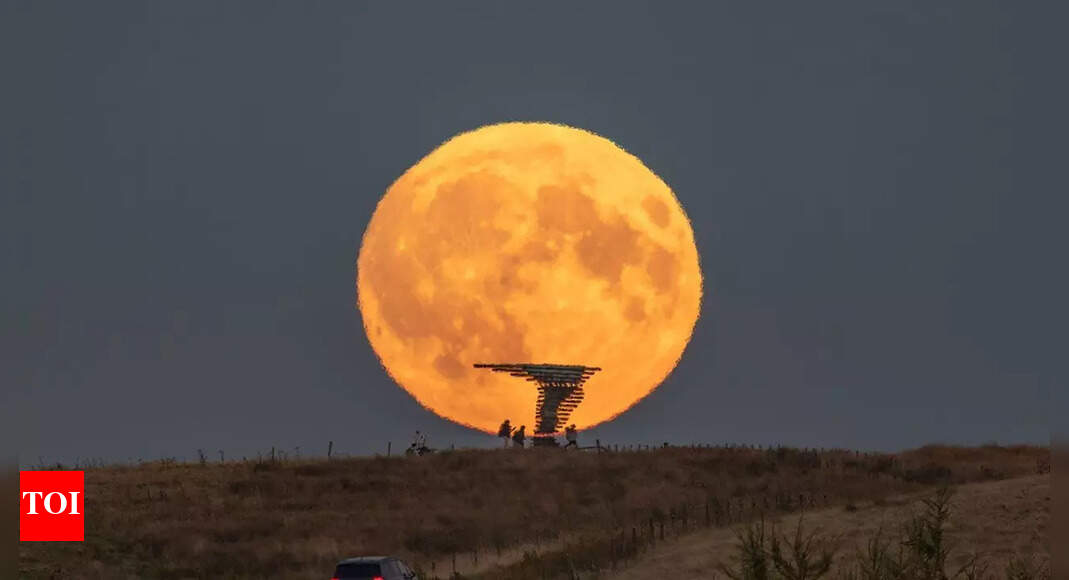
We are continuing our journey through the lunar cycle, with the full moon approaching in just a few days.
The lunar cycle lasts 29.5 days and includes eight unique phases of the moon. According to NASA, these phases develop as the Sun shines on varying sections of the moon while it revolves around Earth.
Continue reading to learn what you can witness in the night sky this evening, October 3.
What phase is the moon in today?
On Friday, Oct. 3, the moon is in the Waxing Gibbous phase, and as per NASA’s Daily Moon Observation, 83% of its surface is illuminated this evening.
No special equipment is needed to view features on the moon’s surface tonight; with just your eyes, you can see the Kepler Crater, the Mare Fecunditatis, and the Tycho Crater. Using binoculars, you can also catch a glimpse of the Archimedes Crater, Clavius Crater, and the Mare Nectaris.
If you have access to a telescope, you can also view the landing sites of Apollo 11 and 17, as well as Rima Hyginus.
When is the upcoming full moon?
The subsequent full moon is set to occur on Oct. 7. The previous full moon took place on Sept. 7.
What constitutes moon phases?
NASA illustrates that the moon experiences phases as it completes its orbit around Earth over 29.5 days. The shifting angles between the Sun, Moon, and Earth lead to the various phases we observe. From our viewpoint on Earth, the moon may appear full, partially illuminated, or even entirely dark, but we always see the same face. The variation is in the quantity of sunlight that reflects off its surface, influenced by its position in orbit.
This creates full moons, half moons, and moons that seem entirely hidden. There are eight main moon phases that follow a cyclic pattern:
New Moon – The moon lies between Earth and the sun, thus the side facing us is dark (invisible).
Waxing Crescent – A small portion of light is visible on the right side (in the Northern Hemisphere).
First Quarter – Half of the moon is illuminated on the right side, appearing like a half-moon.
Waxing Gibbous – More than half of the moon is lit, yet it is not fully illuminated.
Full Moon – The complete surface of the moon is glowing and entirely visible.
Waning Gibbous – The moon begins to lose brightness on the right side.
Last Quarter (or Third Quarter) – Another half-moon, but now it is the left side that is illuminated.
Waning Crescent – A slim crescent of light remains on the left side before it goes dark once more.